$0.00
No products in the cart.
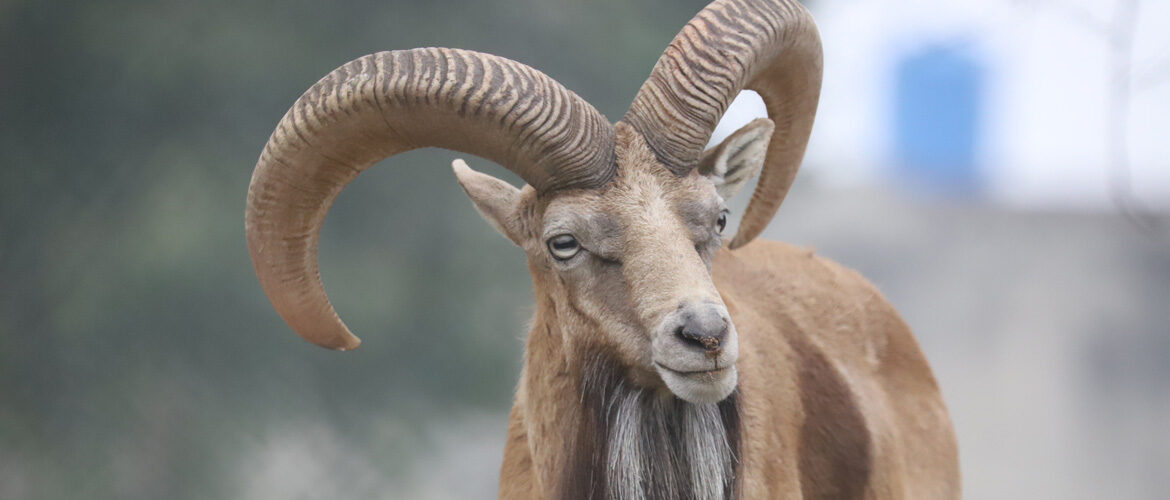
Within the breathtaking landscapes of Asia, a group of remarkable and resilient creatures have captured the imagination of wildlife enthusiasts and conservationists: the wild sheep of Asia. These magnificent animals, adapted to some of the harshest environments on the planet symbolize the intricate relationship between nature, man and survival.
“A primer on the most sought-after game animals of the world’s largest continent” – Websouce, Sports Afield.
True sheep (ovis) belong to the family Bovidae (horned animals), which includes cattle, gazelles, goats and similar. Simpson (1945) recognised the sheep and goats by segregating them within a subfamily of caprinae as the tribe caprine. Caprini appear to have evolved almost exclusively in mountainous areas, and inadequately preserved mountain fauna have left little fossil record (Micheal & Frisina (2007)).
Generally defied to taxonomy groups, the sheep of Asia are classified overall as Ovis. Ovis is a genus of mammals. Domestic sheep are also members of the genus.
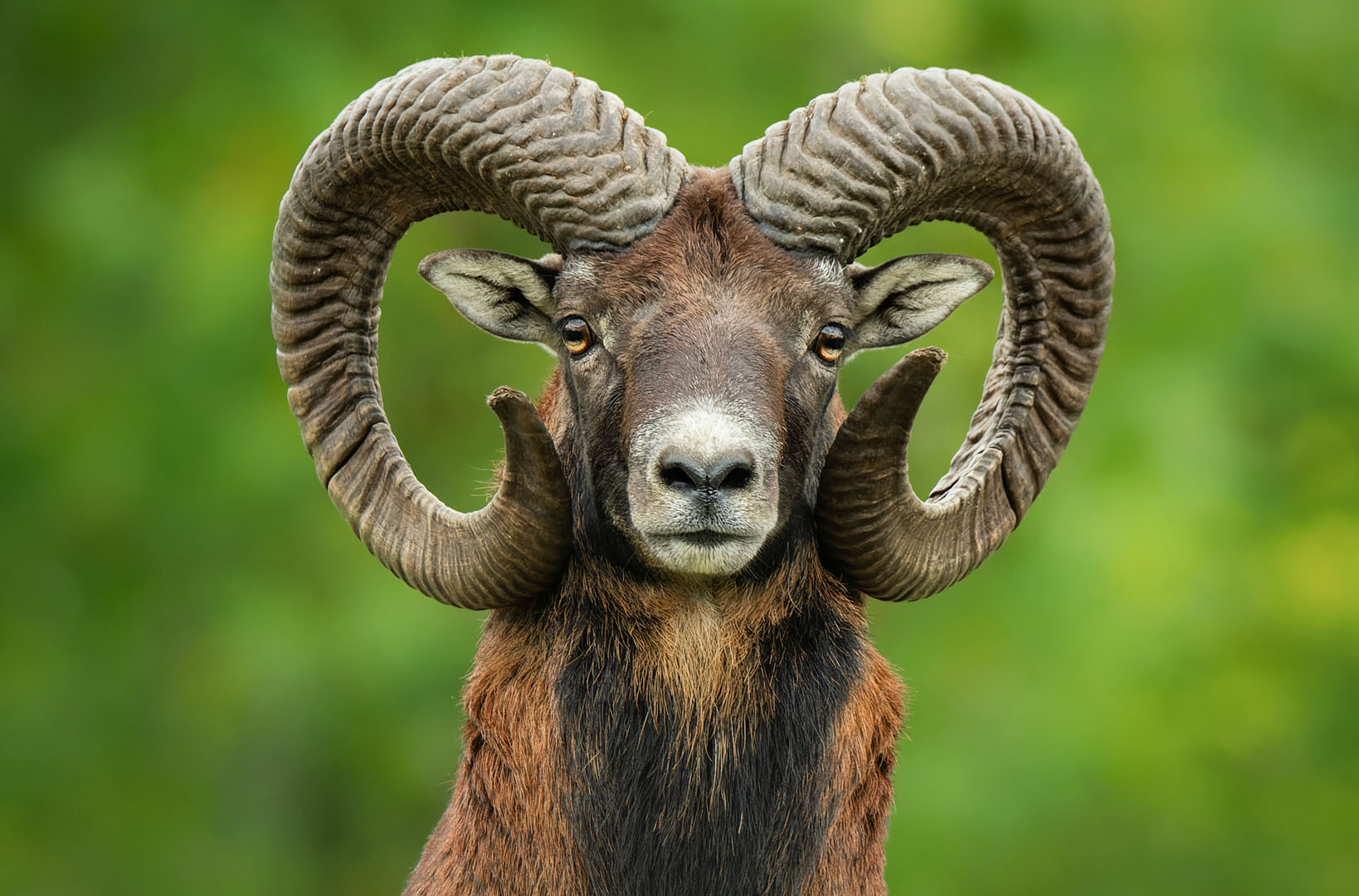
In Micheal & Frisina 2007 masterpiece, From the Himalayas to the Rockies, they provide an overarching division, separated into three major divisions as described by Valdrez in 1982, his works combine the Siberian thinhorns with the dals and North American bighorn to form the pachyceriform group – He recognised three major divisions, being the moufloniform, argaliform & the pachyceriform. Micheal & Frisina further break his divisions into subgroups. The moufloniform into mouflon and urial; the argaliform into central Asiatic thin horn (polii types), Asiatic bighorn (ammon types); pachyceriforms into Siberian thin horn (Nivicola), North American thin horn (dalli) and finally the North American bighorns (canadersis). Micheal & Frisina continue piling knowledge into their working outlining an “Origin debate”. They state “Scientists have postulated that the centre of origin for wild sheep was either the Middle East (Moufloniform types) or central Asia (ammon types)”. Overall, it is generally considered that the moufloniform group is the most primitive of the ovis. On the basis of karyotype evidence of chromosomal evolution and fossil records they consider the genus to have evolved in Asia during the early Pleistocene from a goat or sheep like ancestor.
The earliest fossil record found of a wild sheep is from Northern China however it does not provide a single ancestral source. While current theory is that sheep origin is centred around the Middle East, and the ancestor of all wild sheep is the mouflon (O. o. musimon), however this earliest fossil record is of an ammon-type sheep (o. ammon).
From the snow-capped mountains of Siberia to the flats of the Tibetan plateau, these animals have evolved to exist amidst the most extreme conditions. At the time of writing, Micheal & Frisina (2007) provide a rather substantive table describing the differences in ovis “true sheep” to the capra “wild goats”. Requirements of the ovis follow such characteristics as the tail length including hair being longer than the ear. Glads present in their feet, the absence of glands below the tail, horns of male’s spiral, no beard on the chin and amongst others, poses between 52 – 58 chromosomes, whereas the goat will poses 60.
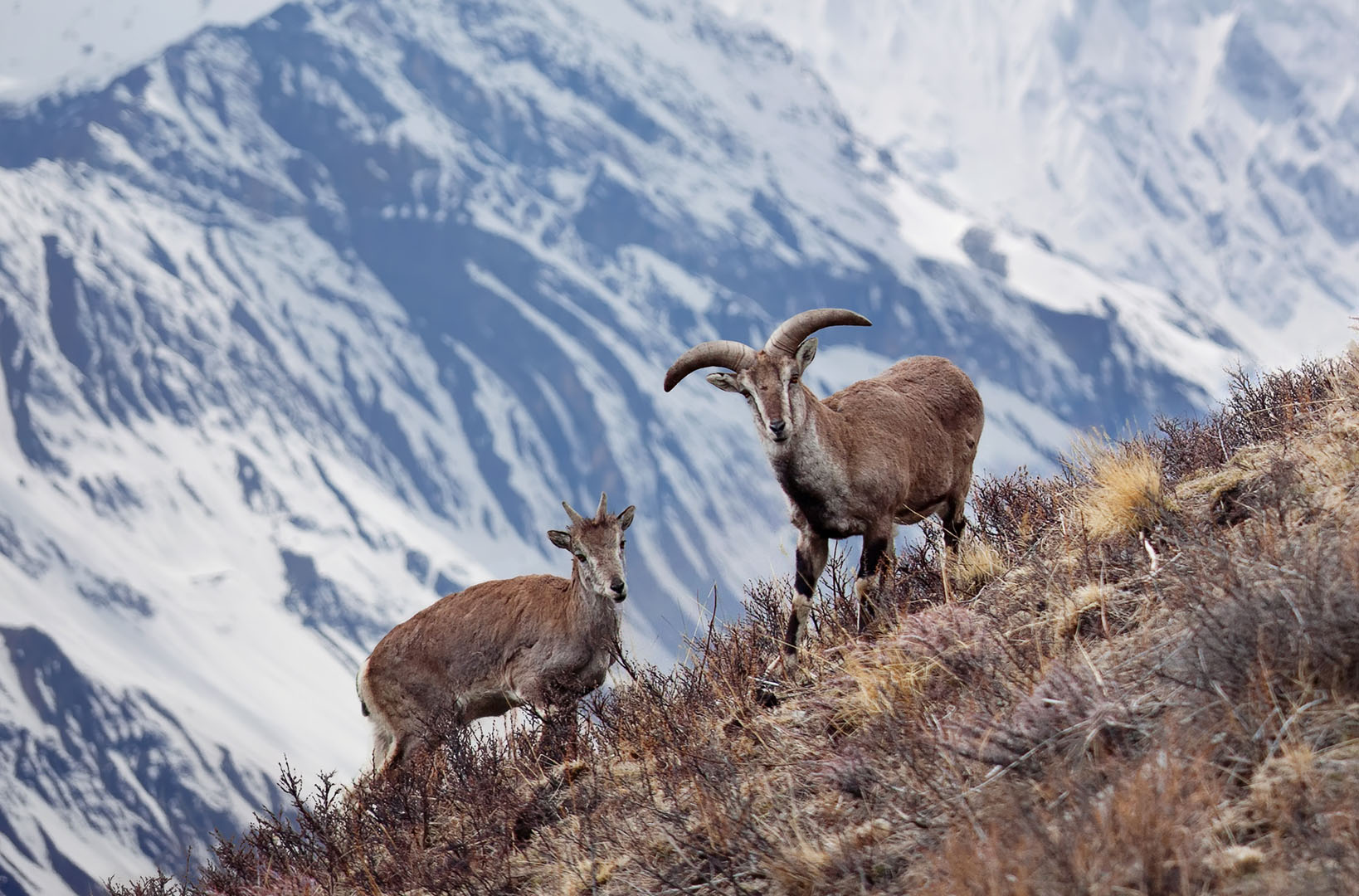
Most noteworthy, Micheal & Frisina state that all true sheep species can hybridise at maturity, and none fits the strict definition of a species. In a rather off the wall experiment, Bunch (1980) crossed various sheep (argali x mouflon) to produce fertile hybrids, using those offspring, he crosses them with desert bighorn to further produce a tri-fertile hybrid cross. A further successful union occurred between a urial and a domestic sheep resulting in twin lambs. Micheal & Frisina state that this signifies that all sheep in the genus are interfertile. They go on to state, it also shows that the crossing of wild and domestic sheep has been going on for thousands of years and it probably was more common in the process of domestication than it is now(sic).
Although the subspecies taxa varies amongst authors, overall the ovis can be classified into the following:
Asia’s wild sheep family comprises an array of (sub)species, each uniquely adapted to the environment they call home. Micheal & Frisina (2007) describe an arc of wild sheep, from the Asiatic bighorns transitioning north east into the Siberian thin horns, moving east into the North American thinhorns swinging South East into the North American bighorns distributing down into Mexico.
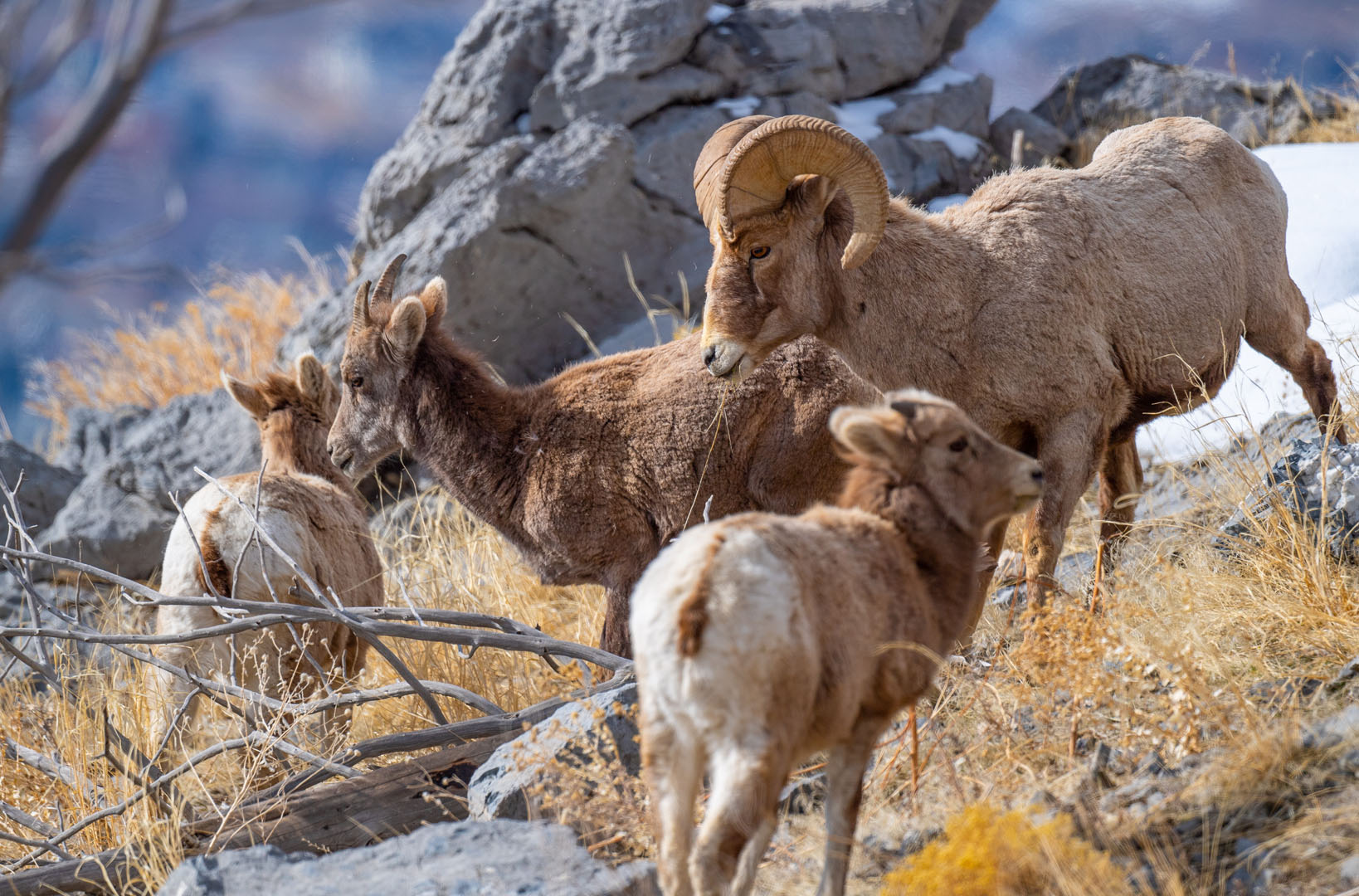
The later likely having migrated from the Kamchatka Peninsula of Siberia across the Bering Land Bridge into North America. It is worth noting, as pointed out my Micheal & Frisina that migration does not occur in one single event but several migrations over periods of time.
This arc, they describe, links the Old world and New World sheep. It appears that science is not willing to pinpoint an exact origin and evolution pathway of wild sheep due to the lack of fossil records found to date. The earliest fossil records suggest that the origin of sheep (and the genus ovis) occurred in the Quarternary Period (ten million years ago). This period is the Pleistocene (glacial) and the Holocene (recent post glacial) Epochs. The Quarternary time was repeated worldwide climatic osculation which also gave rise to the evolution of larger mammals and man (Dixon, 1979). Science, at the time of writing suggests that Caprini (sheep and goats) dispersal occurred early in the in the interglacial episodes, likely 350,000 years ago, and as recently as twenty thousand years ago (Micheal & Frisina (2007)).
With this in mind, Dixon (1979) states that the urial gave rise to the domestic sheep some 11,000 years ago. Cytological studies by Nadler (1972) confirm that mouflons, both European and Asiatic carry a chromosome disposition which is similar to that of the domestic sheep, consequently, Nadler believes that the mouflon, or mouflon like wild sheep are the ancestors of the domestic sheep.
Female sheep are called ewes, males are called rams or less frequently bucks or tups, neutered males are called wethers, and young sheep are called lambs. Average gestation length (length of pregnancy) for sheep varies from 144 to 151 days, it’s worth noting that individual pregnancies may vary from 138 to 159 days.
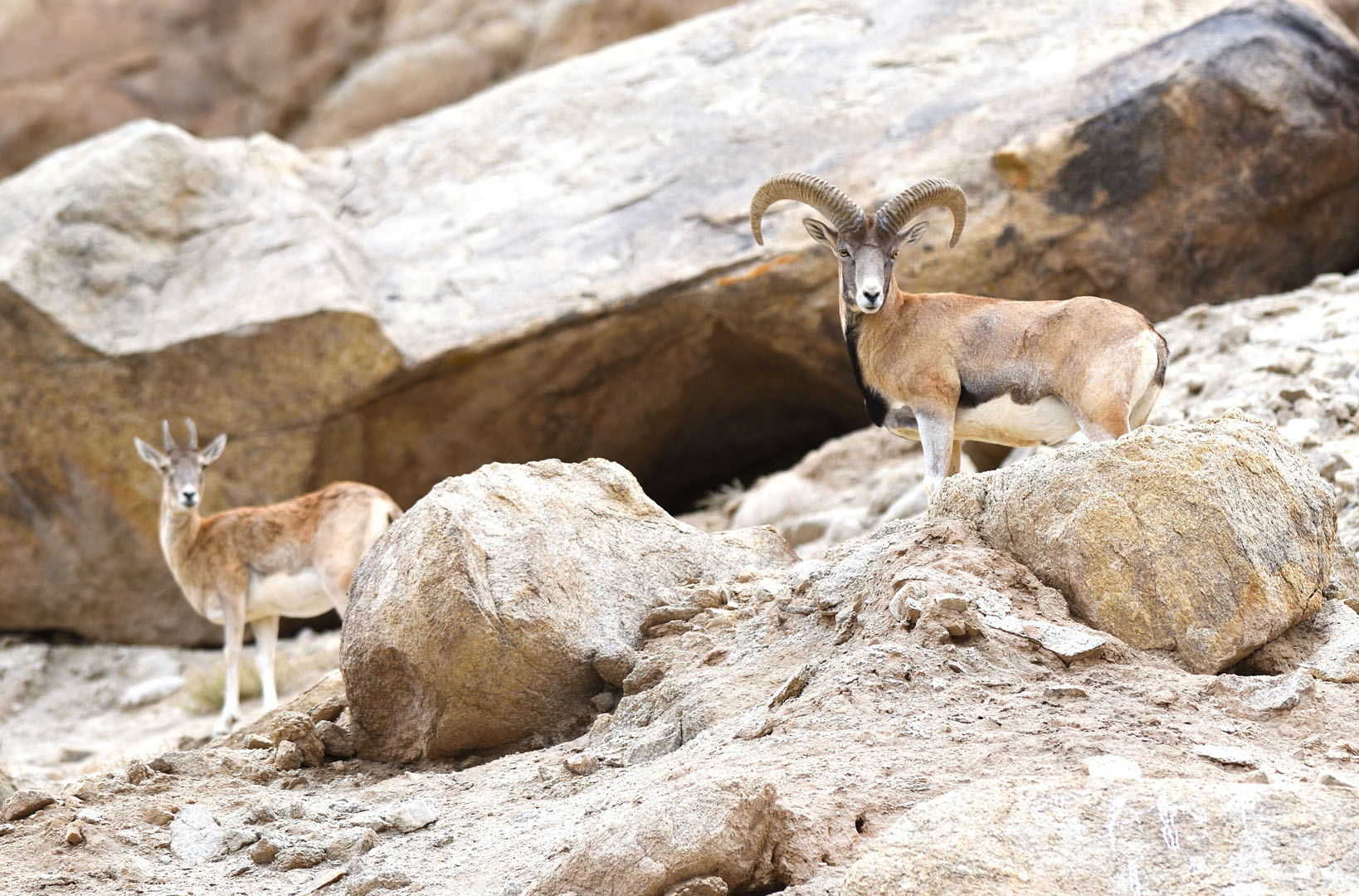
Sheep are fairly small compared to other ungulates; in most species, adults weigh less than 100 kilograms (Nowak, R. M. and J. L. Paradiso. 1983) Males are usually heavier than females by a significant amount. Wild sheep are mostly found in hilly or mountainous habitats. Their diets consist mainly of grasses, as well as other plants, wild herbs and lichens. Like other ruminants, they have four-chambered stomachs, which play a vital role in digesting food; they rechew the cud to enable them to digest and can live on very low-quality, plant materials. Sheep conserve water well, and can live in rather dry environments.
The bodies of wild sheep (and even in some domestic breeds) are covered by a coat of thick hair to protect them from cold. This coat contains long, stiff hairs, called kemps, over a short, woolly undercoat, which grows in autumn and is shed in spring (Clutton-Brock, J. 1999). This woolly undercoat has been developed in many domestic sheep breeds into a fleece of long wool, with selection against kemp hairs in these breeds. The fleece covers the body (in a few breeds also the face and legs) and is used for fibre. Domestic sheep are also reared for their milk and meat; which is called lamb or mutton depending on the age of the animal.
In wild sheep, both rams and ewes have horns, while in domestic sheep (depending upon breed) horns may be present in both rams and ewes, in rams only, or in neither. Rams’ horns may be very large – those of a mature bighorn ram can weigh 14 kilograms – as much as the bones of the rest of its body put together. Rams use their horns to fight with each other for dominance and the right to mate with females.
In most cases, they do not cause injuries to each other, as they clash with each other head-to-head. They are also protected by having very thick skin and double-layered skulls (Voelker, W. 1986).
Wild sheep have very keen senses of sight and hearing. When detecting predators, wild sheep most often flee, usually to higher ground, but they can also fight back. The Dall sheep has been known to butt wolves off the face of cliffs (Voelker, W. 1986).
Similarly to deer, sheep have scent glands on their face and feet. They use marking as a form of communication through the scent glands however at the time of writing is not well understood, it is thought to be important for signalling in relation to mating. It appears that males can smell females that are in estrus, possibly by way of the secretion from these glands, and rams mark their territories by rubbing these glands on rocks or foliage.
Sheep are social animals and live in groups, where often the typically domesticated term flocks is used. Living in such a way helps them to avoid predators and stay warm in cold weather by huddling together. Mating in sheep is characterized by males competing for females in estrus (Coltman, D; Festa-Bianchet, M; Jorgenson, J; Strobeck, C (2002)). Social rank in rams is established by male-male competition, known as the rut. Females select from dominant males based on sexually selected characteristics such as body size and horn size, as those traits are desirable in offspring.
Females typically are separated from males outside the rut, but during the rut, ewes and rams are found together.
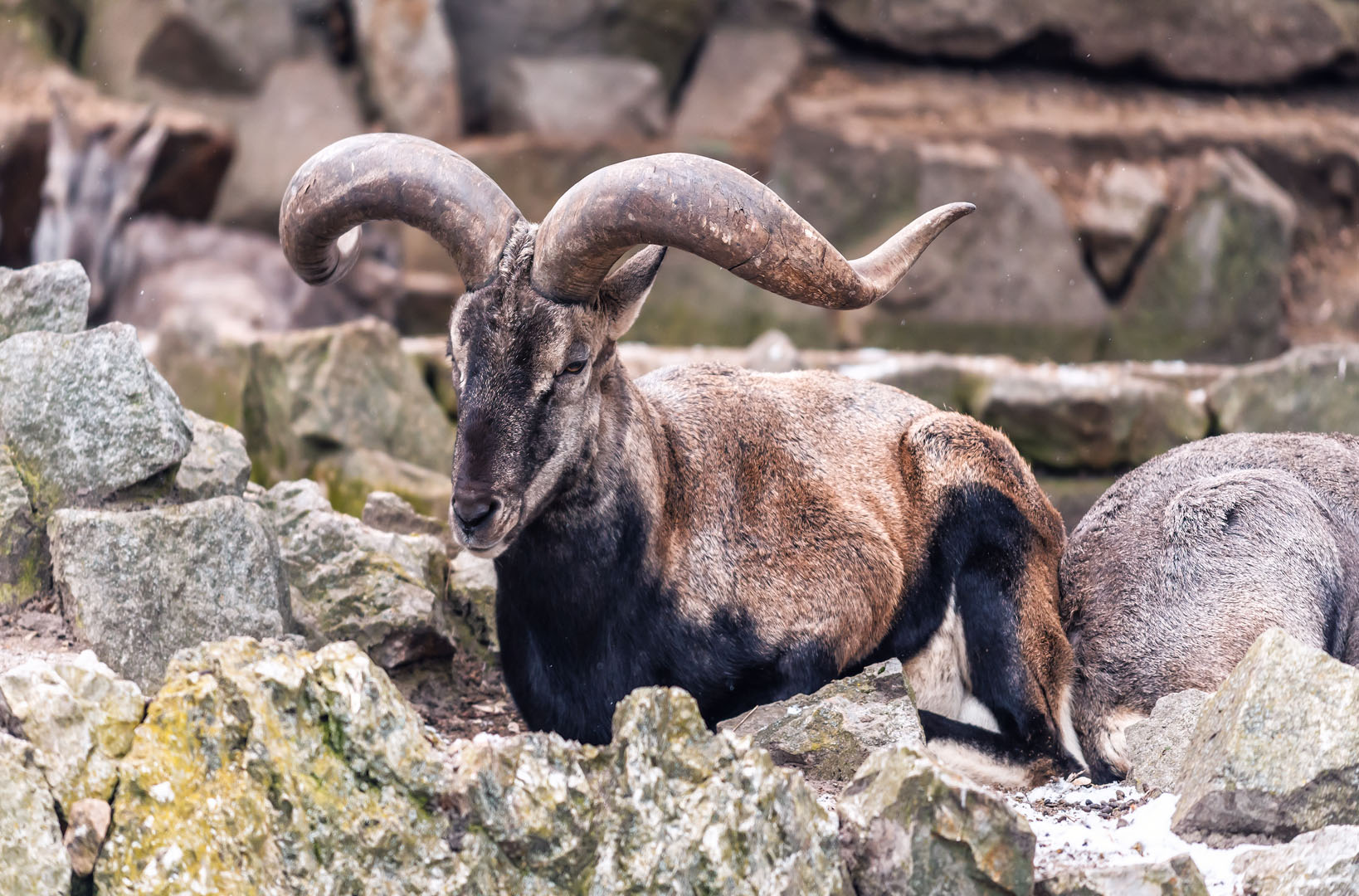
Females that are oestrous may isolate themselves from other ewes, and may be less mobile (Gonzalez, Georges; Bon, Richard; Estevez, Imna; Recarte, Jose (2001)). The rut is also linked with different ewe behaviour than during non-rutting periods. These changes are characterized by decreased feeding, increased time observing their surroundings, and increased behaviour changes overall.
Sheep and goats appear frequently in the history of religions, from prehistoric times down to the present, and across a wide geographic area. Both appear most commonly as animals of sacrifice, but the ram and especially the goat have also served as symbols of sexual virility and so are often associated with fertility cults (web source: www.encyclopedia.com). For instance, in ancient China, the sheep was a symbol of justice. Legend has it, that a type of divine sheep called ‘xiezhi’ was able to recognise villains, and would gore them in punishment. Consequently, judges in the ancient State of Chu wore an image of the sacred animal on their hats, representing impartiality.
The ancient and modern peoples of Iran and Central Asia have many beliefs concerning sheep. Among the Pamiri of Central Asia, sheep are believed to have a divine nature and are associated with the sun. A story is told of a sacred sheep, illumined by a sacred flame, descending from the mountains. For the Kalmuks, a Mongolian people, the ram is a symbol of fertility and abundance, and a white ram is believed to be a creature from heaven. The connection of the ram with fertility is found in Hittite and Russian rituals as well. The mountain Tajiks annually attach drawings of a ram’s horn to the front walls of their houses in order to increase fertility (websource:encyclopedia.com)
From the late Bronze Age cemeteries of northern Afghanistan and southern Uzbekistan, separate burials of goats and rams are found isolated from the human graves and supplied with a large number of vessels and even funeral food.
Prior to their domestication during the Neolithic period, wild sheep and goats were hunted as game and seem to have become cult objects quite early. In Upper Palaeolithic art, for instance, 7 percent of the animal representations consist of images of rams. From the Neolithic period to the Bronze Age, depictions of both goats and rams (most commonly the former) are encountered quite often in the art of Mesopotamia, Iran, Afghanistan, and Central Asia. It may be assumed that beliefs and myths connected with these animals underwent a considerable development at this time.
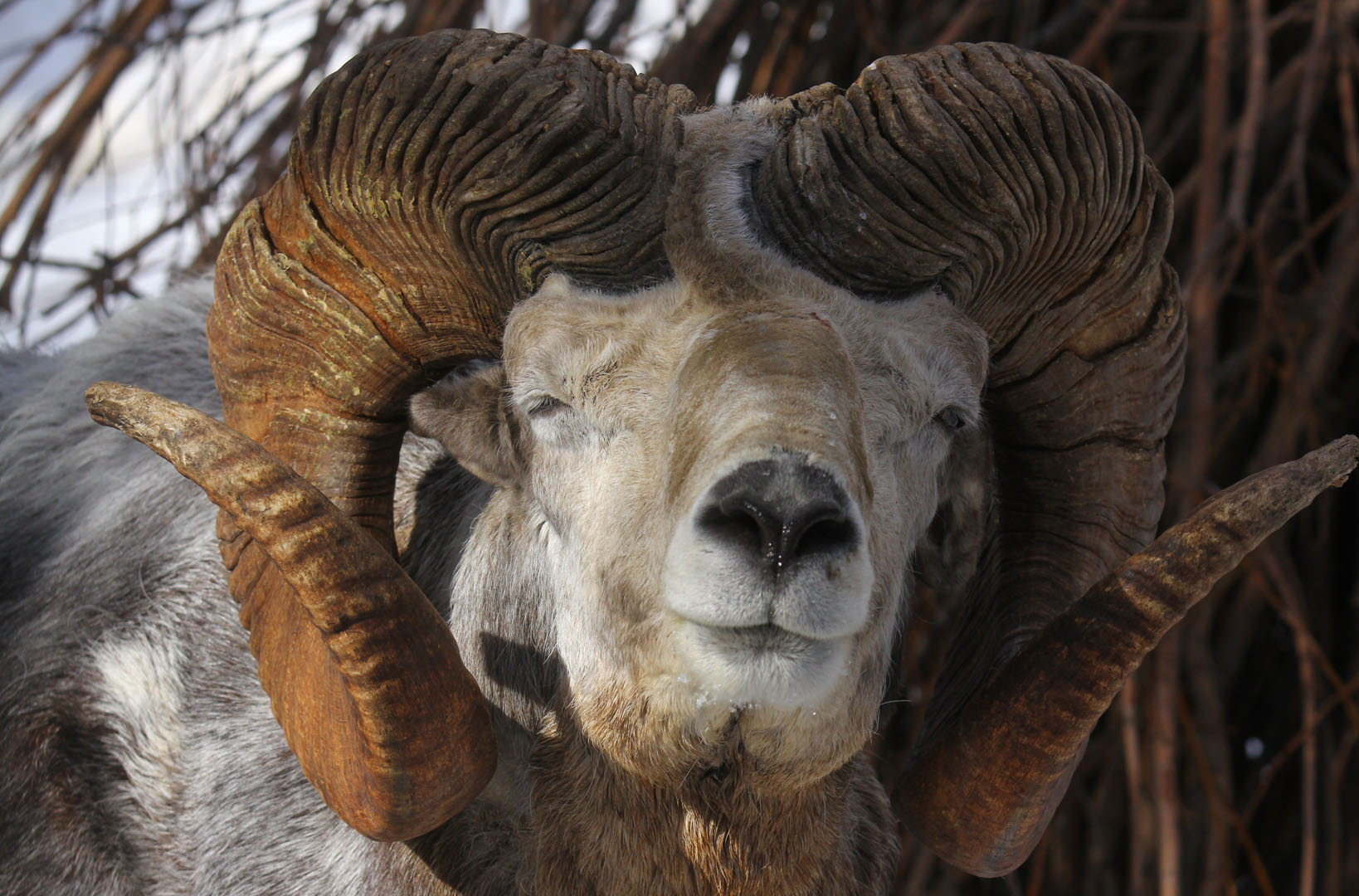
Sheep, overall attribute qualities of as gentleness, timidity, inoffensiveness, and passivity. Given this nature and taking into account their relatively high fecundity (and hence their availability and expendability), they were often used as sacrificial animals noted as widespread in Judaism, ancient Greece, ancient China, and elsewhere.
The status of wild sheep in Asia varied depending on the specific species and their respective regions. Wild sheep are found in several Asian countries, and each species faces unique conservation challenges. As an example of wild sheep in Asia and their general status, Argali, overall varies by region and sub species, with some populations stable, while others are declining due to habitat loss, unregulated hunting, and competition with domestic livestock. Conservation efforts are ongoing in many areas to protect argali populations, including the establishment of protected areas and regulations on hunting.
Of A subspecies of argali, Marco Polo sheep inhabit the mountains of Central Asia, including parts of Tajikistan, Kyrgyzstan, and China. They are listed as endangered, primarily due to habitat degradation, poaching, and limited range.
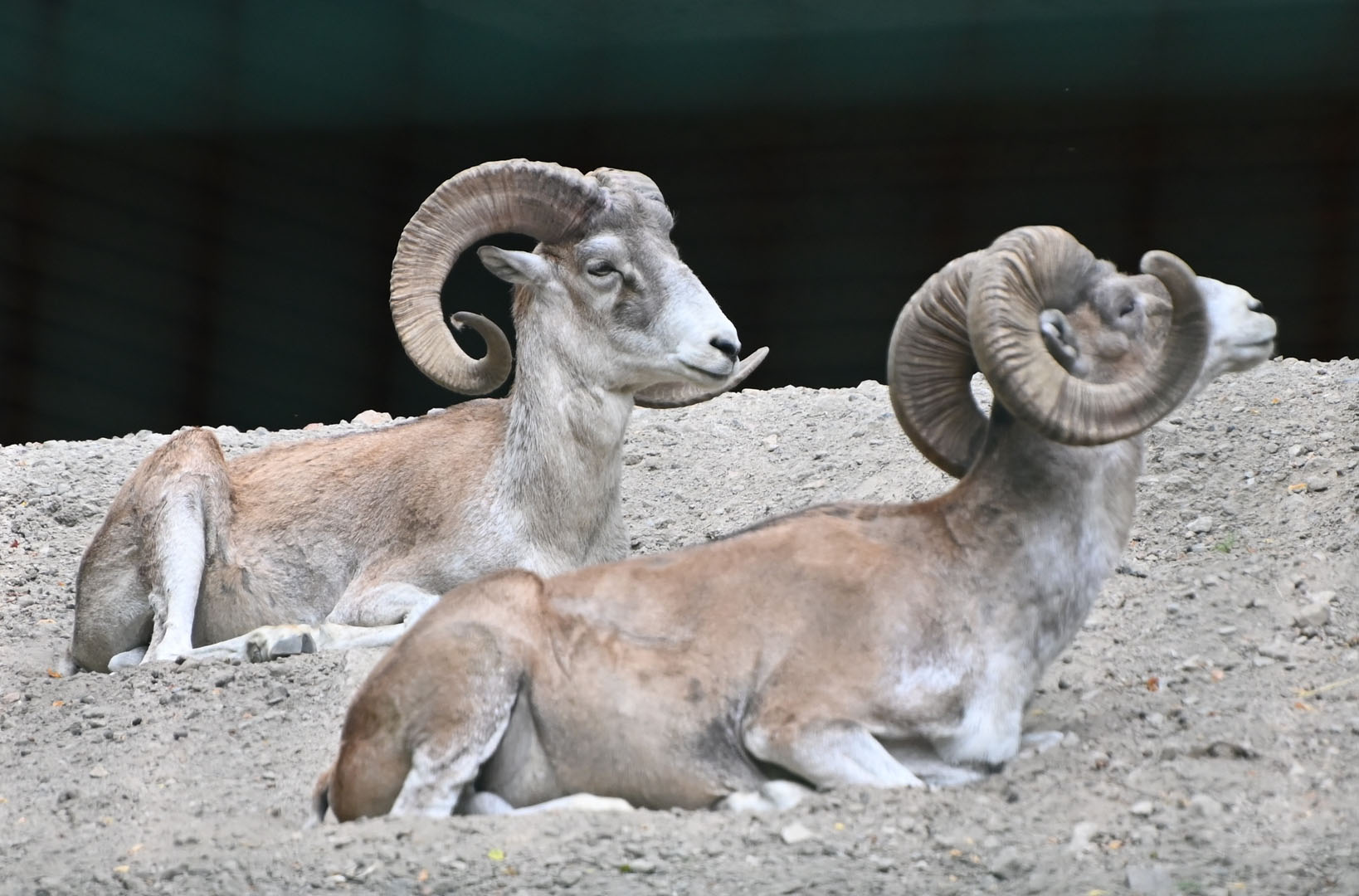
Conservation organizations and governments have implemented measures to protect Marco Polo sheep, such as creating wildlife reserves and regulating hunting.
Due to the wide distribution across various parts of Central Asia, including Iran, Pakistan, and Afghanistan urial status varies by region, with some populations stable and others declining due to habitat loss and unregulated hunting. Conservation efforts have been made to protect urial populations through habitat conservation and time will tell how successful this is in the long-term. Where the Bharal inhabit the Himalayan region and parts of Central Asia, they are generally considered to have stable populations, but their habitat is increasingly threatened by human activities and infrastructure development however early intervention has conservation measures in place.
Asia, the largest continent on earth, has fascinated hunters since the dawn of recorded history. The wild sheep of Asia are living testaments to the marvels of evolution and the power of adaptation. Their stories mirror the intricate balance of life in some of the planet’s most extreme environments. Hunting in these far away locations needs a degree of fortitude and acceptance that time and execution is at the mercy of local custom. Extreme levels of care should be taken in careful research when choosing outfitters and countries to pursue these incredible animals. It’s important to note that the status of wild sheep populations can change over time due to various factors and as such, opportunities can be limited year to year.